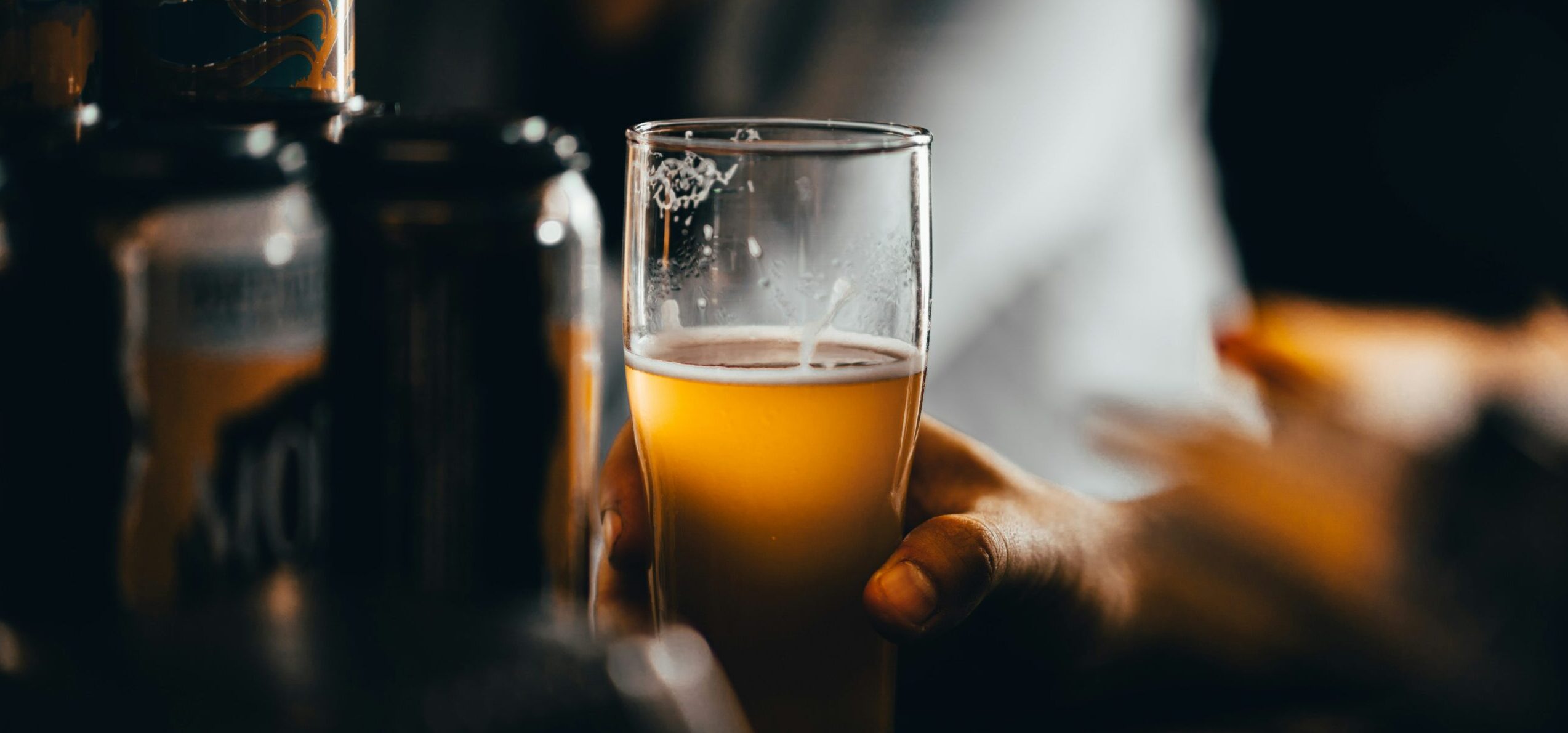Alcohol consumption, even in seemingly innocuous amounts, can have profound and multifaceted effects on brain function. What are the potential consequences if Jack, during his lunch break, succumbs to the urge to consume a beer hidden in his toolbox?
First, alcohol (more correctly ethanol, C2H5OH) is initially absorbed in the gut then passes the blood brain barrier and makes its way to the brain, swiftly and relatively predictable, because of its water-soluble nature. Once in the brain, it affects the activity and balance of neurotransmitters, the chemical messengers with which brain cells communicate. Primarily, alcohol enhances inhibitory neuronal activity, i.e, it dampens overall neuronal activity, by acting as an agonist of a neurotransmitter. An agonist is a molecule or compound that mimics the properties of another neurotransmitter or similar and by doing so, docks on ion channels meant for this neurotransmitter. Alcohol is a GABA (gamma-aminobutyric acid, an inhibitory neurotransmitter) agonist, docking onto corresponding GABA channels, thereby reducing neuronal excitability and altering communication between affected cells. Alcohol affects various brain regions during this process:
- Prefrontal Cortex: alcohol depresses activity, impairing judgment, decision-making, and inhibitory control.
- Limbic System: functions related to emotions (in the amygdala) and memory processing (hippocampus) are altered, manifested in mood changes and impaired memory.
- Cerebellum: coordination of voluntary movements is impaired, affecting balance and fine motor skills.
- Brainstem: basic body functions such as heart rate and respiration are modulated, contributing to alcohol’s sedative effects. However, heart rate can even increase in the short-term.
- The vestibular system (part of the inner ear, responsible for orientation and balance): alcohol affects its nuclei, hair cells, and fluid composition, leading to balance and gait issues. The connection between the vestibular and oculomotor systems contributes to the occurrence of horizontal nystagmus.
- Eyes: alcohol impairs oculomotor control and affects retinal cells, leading to early visual perception issues. Common effects include horizontal nystagmus and problems with vergence (focusing on close objects).
Alcohol systemically affects not only the brain, but the entire body. This includes vasodilation (widening of blood vessels, leading to red facedness at times), increased heart rate, and increases in blood pressure. Alcohol also affects muscular function indirectly and negatively via cortically-mediated decreased motor neuron activity, leading to impaired coordination, reflexes, and fine motor skills. Reaction times increase and overall physical performance is reduced during acute intoxication.
Summarized at the behavioral level, alcohol can lead to disinhibition, impaired judgment and risk-taking behaviors. Also common are mood changes, with alcohol often inducing euphoria first but later leading to depression or irritable or aggressive behavior. Impaired muscle function and brain-mediated coordination issues result in slurred speech, stumbling, and difficulty with executing fine motor skills. These behavioral changes are central to the assessment of intoxication in field sobriety tests, where these signs may indicate intoxication levels and impairment of cognitive and motor function.
In short, Jack should carefully reconsider before consuming even a single bottle of beer. The consequences of impaired motor coordination due to alcohol consumption are far-reaching, particularly in high-risk workplaces. From construction sites to transportation industries, compromised motor skills can lead to increased accident rates, compromised decision-making abilities, and heightened risks for both employees and the public. In environments where split-second reactions can mean the difference between life and death, the effects of alcohol-induced impairment cannot be underestimated.
This blog is part of a larger series written by Sightic’s own Dr. Robert Becker, PhD in Medical Neuroscience, where we explore the remarkable capabilities of the human brain and the impact of various substances on its functions.
